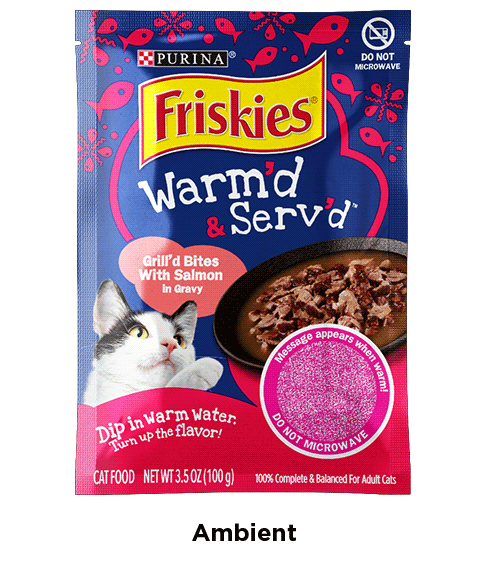
Thermochromic Ink
Using our patented microcapsules, our thermochromic technology undergoes color transformations in response to changes in temperature. As the leading manufacturer of thermochromic ink, we have developed this temperature-sensitive ink specifically for high-speed commercial printing environments and various brand applications. Our innovative applications encompass various industries, including CPG food and beverage thermochromic ink packaging, medical and pharmaceutical supply chain indicators, product security, authentication, and anti-counterfeiting features.
Cold-Activated Technology
By turning the mountains blue, Coors Light introduced the global debut of CTI's thermochromic cold-activated technology. This breakthrough expanded to high-speed commercial print formats, including PET bottle labels, heat-transfer glass bottle labels, laminated films, foils, coated/uncoated papers, and plastics. The color change in response to cold signifies refreshment, promoting brand loyalty and consumer engagement. Cold-activated thermochromic inks go from a barely visible residual color to vibrant color.


Thaw-Sensing Technology
CTI technology allows you to send a temperature chaperone with your perishable food product, proving that the product arrived at a safe temperature for consumption. The technology costs less than a postage stamp, and implementation will have little to no impact on your shipping operations. Eliminate invalid credit requests with better visual communication with your customers.

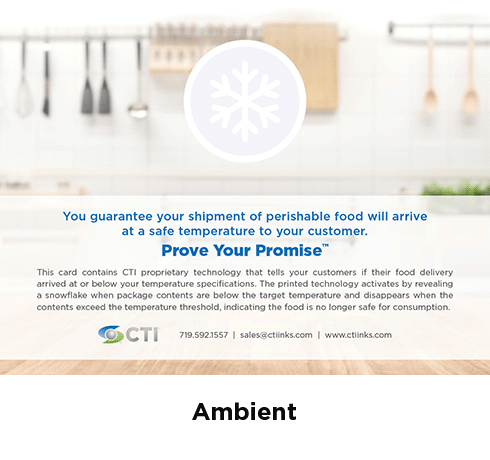
Cold-Activated Reveal Technology
CTI's Reveal technology takes cold-activated thermochromic to new heights, offering customers an immersive "theater-in-the-hand" experience. During this process, a graphic image transitions from a warm to a cold-color state and ultimately to a third color state at room temperature. Aptly named Reveal, this technology unveils a hidden message or graphic after consuming a beverage.

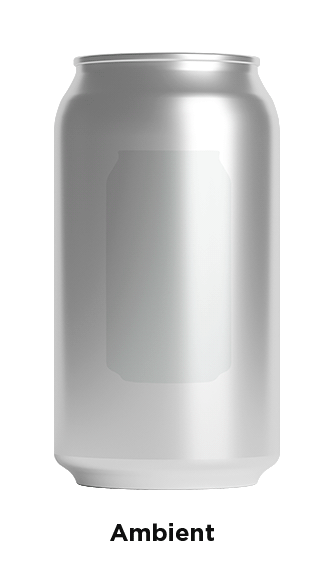
Body Heat-Activated Technology
Thermochromic technology can be utilized for warmer temperature applications ranging from 29°C / 84°F to 35°C / 95°F. Referred to as "body-heat activated," this process involves touching or rubbing the print to generate friction-induced heat and trigger a color change to either clear or another color. Warm and high-heat thermochromic applications always transition from the full color to a residual or lighter shade. Returning to the original full-color state relies on the temperature difference between the ambient environment and the print's target temperature.

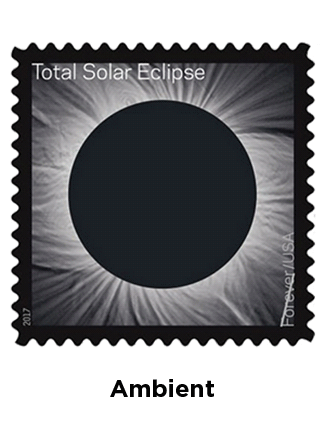
Heat-Activated Technology
A noticeable color change serves as a warning or indication when items have been subjected to heat. It can alert individuals that a food item is excessively hot or that a shipped product may have suffered quality deterioration due to high temperatures. In high-heat thermochromic ink packaging, colors shift from the original full color to a residual shade (red to clear) or a color change (black to orange). These indicators are reversible and can be employed as tamper-evident features.

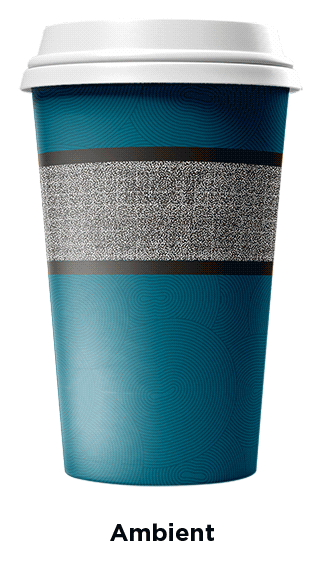
Retort-Stable High Heat Activation Technology
CTI's color-changing thermochromic technology faces challenges when used on food pouches or beverage containers during retort sterilization. The process involves steam, pressure, and time, which can impact printable ink technologies. However, CTI has made significant manufacturing advancements, allowing our solvent-based thermochromic ink to withstand retort conditions. Initially designed for pet food pouches, this retort-surviving ink is available in all colors and temperatures.

